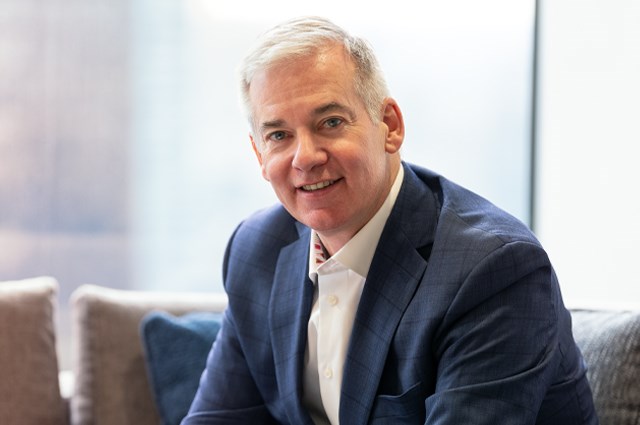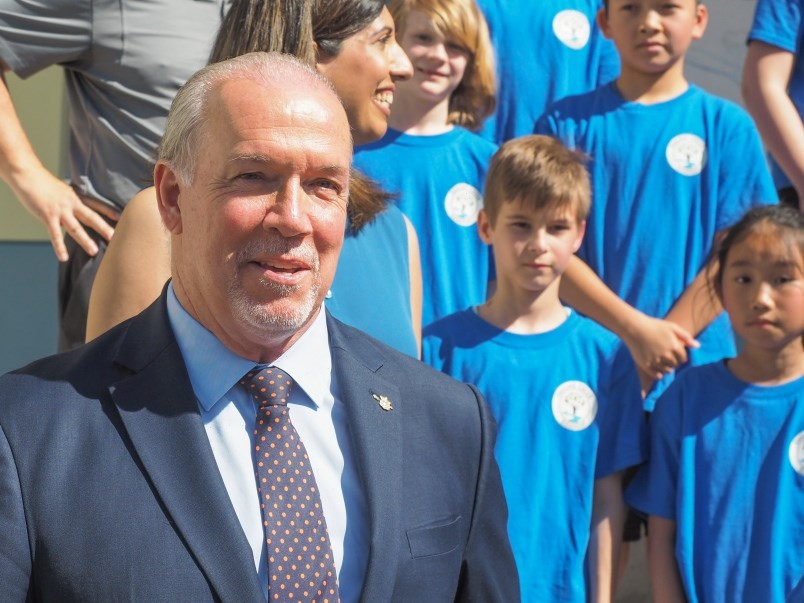A planned high school on Burke Mountain in Coquitlam received a significant funding boost after Wesbild Holdings agreed this week to pay $5 million toward a new turf field and running track.
Now, the developer is urging all levels of government to come together and complete the project, which is currently awaiting approval for a capital funding request from the province.
“The Burke Mountain community has been challenged quite significantly with the lack of schools for homeowners,” said Kevin Layden, president and CEO of Wesbild, during a presentation to council Monday. “And while I am happy to see this track project coming to life, we still need a high school and the middle school… Tonight I call on everyone to do whatever we can to bring this high school to fruition. If you listen to the homeowners, they definitely want it.”

The city has been pushing for more schools in the developing community but so far the provincial government has not set aside money for the project.
Last summer, School District 43 secretary treasurer Chris Nicholls said without a funding agreement, the project may not be built by 2023, as has been promised.
The city is also contributing $3.8 million to the field project and nearby park amenities, with the hopes of helping get the school project off the ground. The facility is expected to be shared between the municipality and the district through a joint-use agreement.
Current plans for the high school call for a net zero building that would not use more energy than it produces. It would feature solar panels, wind turbines, rainwater systems for toilets and geothermal energy for heating.
Taking steps to slow climate change and concerns about energy efficiency — utilities can be costly for typical schools — were among the reasons for building a school to standards higher than LEED (Leadership in Environmental Design) Gold, according to SD43.
“We are hoping this will become the new standard in school construction,” SD43 board of education chair Kerri Palmer Isaak during Monday’s presentation.



